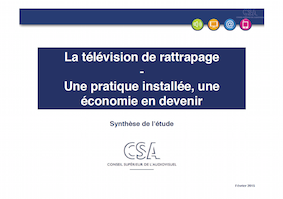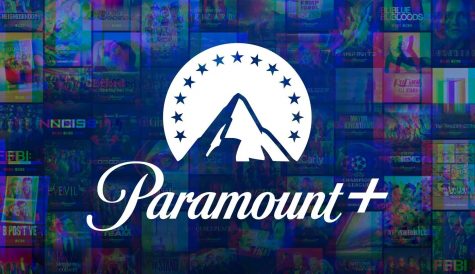
After more than 40 years of operation, DTVE is closing its doors and our website will no longer be updated daily. Thank you for all of your support.
CSA mulls future of French catch-up services
 Over seven in 10 French internet users now use catch-up TV services – 72% in 2014 as against 69% in 2013 – consuming 311 million videos a month last year against 207 million in 2013, according to a study by media regulator the CSA.
Over seven in 10 French internet users now use catch-up TV services – 72% in 2014 as against 69% in 2013 – consuming 311 million videos a month last year against 207 million in 2013, according to a study by media regulator the CSA.
However, the current model of advertising support for catch-up may be unsustainable, with a pay TV option offering a possible way forward, according to the regulator.
Over 15,300 hours of free-to-air content were available on French catch-up services at the end of last year, up 9% on 2013.
About half the available catalogue content available – 47% – was drama, followed by documentaries – 27% – animation – 26% and movies – 1% – according to the CSA.
Pay TV providers made content from about 70 channels available on catch-up, while Canal+ and OCS made movies and series available for up to one month after their initial airing.
Catch-up TV drove online TV growth of 40% last year, with the proportion of linear TV online falling relative to the total. Catch-up now accounts for 86% of video consumption online.
TV sets now account for 38% of catch-up viewing, with computers accounting for 40% and mobiles and tablets for 22%.
The CSA noted that broadcasters face challenges in making money from catch-up services, with the bulk of revenues coming from advertising. However, problems including a lack of a unified measurement system, downward pressure on prices and a limited additional inventory. Internet service providers, meanwhile, are under pressure to recover some of the costs of distribution the CSA noted.
The CSA said that the current economic model for services is probably unsustainable in the longer term, delivering lower growth than hoped for in the face of competition from YouTube and other services and demands from ISPs for a slice of the available advertising revenue. It also found that a model whereby broadcasters bypassed ISPs’ boxes and delivered a ‘pure OTT’ service would be destructive of value.
The CSA suggested that a pay model, while difficult to execute and facing a number of commercial, technical and regulatory challenges, could have advantages for free-to-air commercial players. It suggested that a partnership with ISPs to deliver a segmented on-demand offering, including low-cost catch-up, could provide one way forward.


